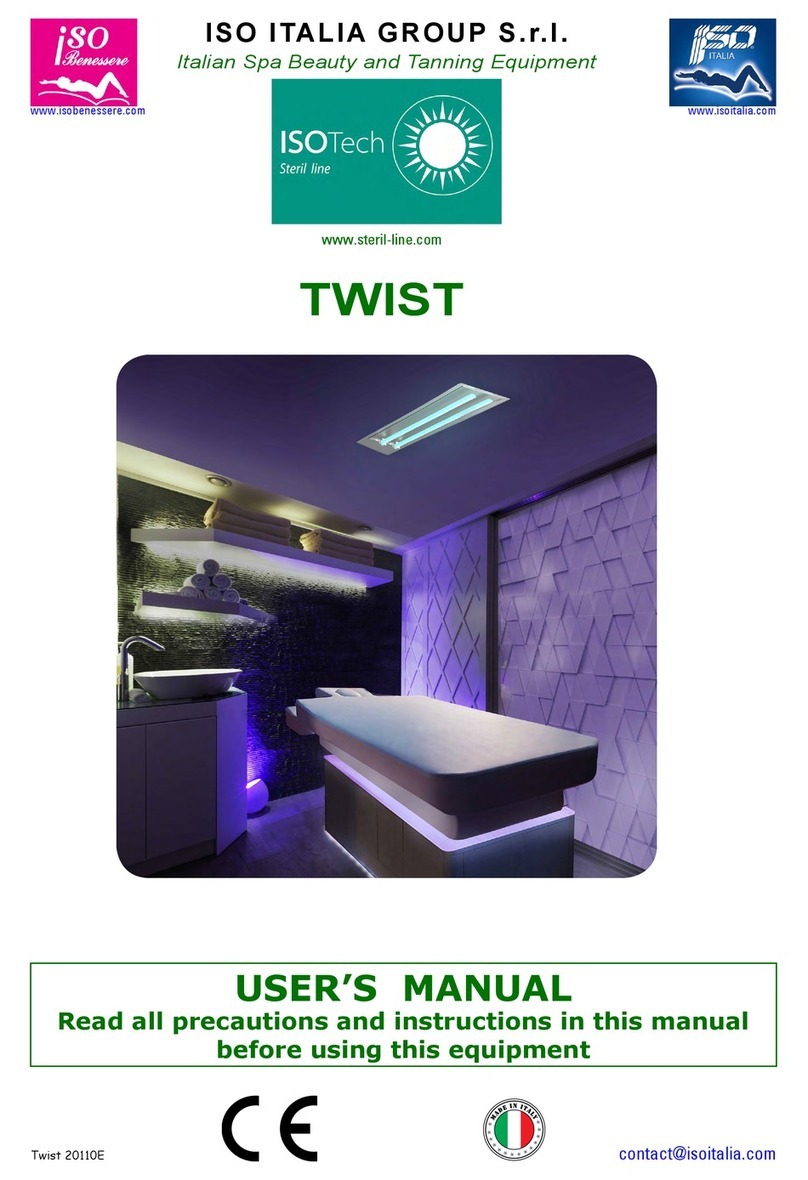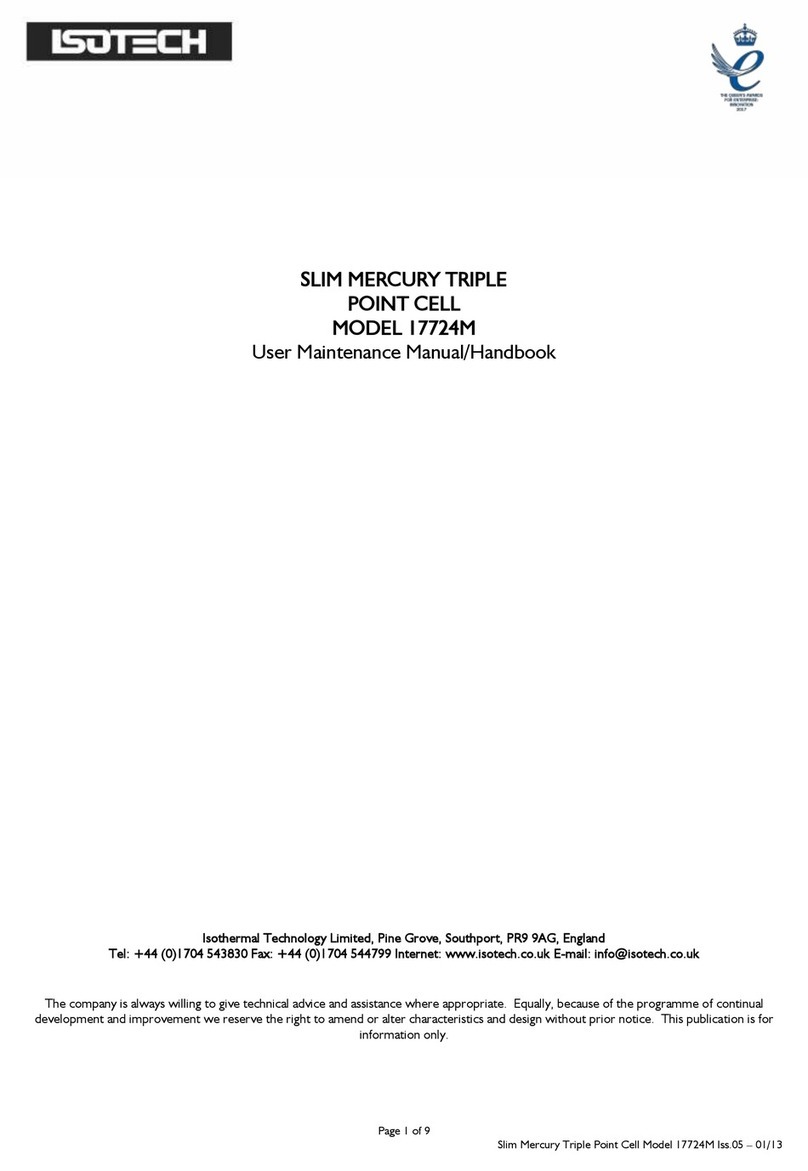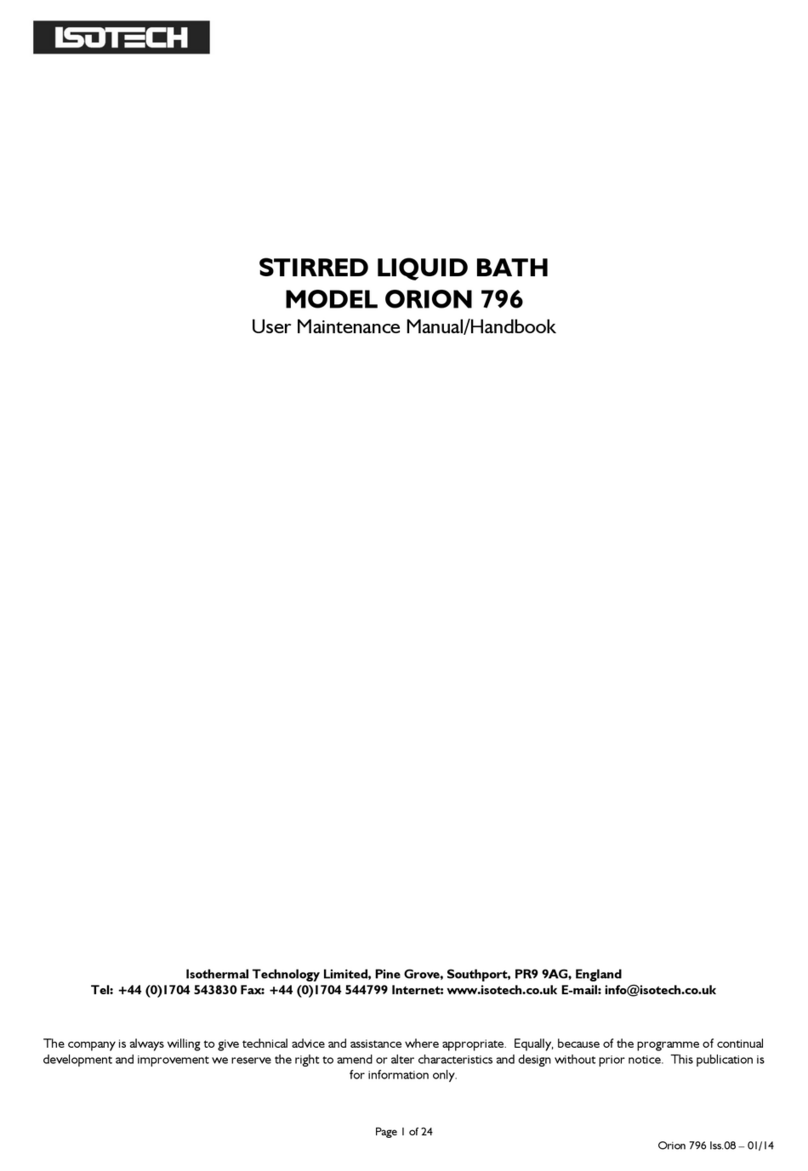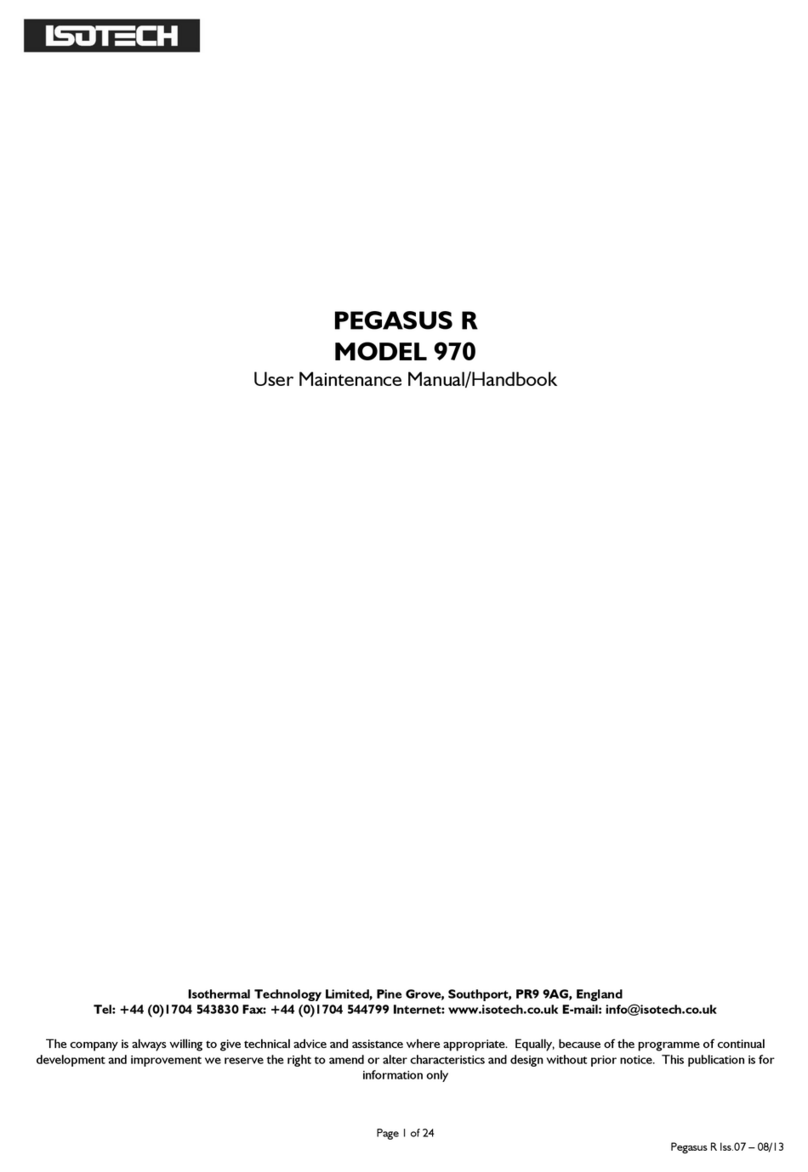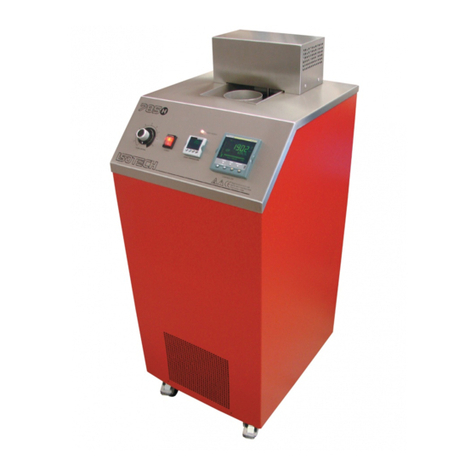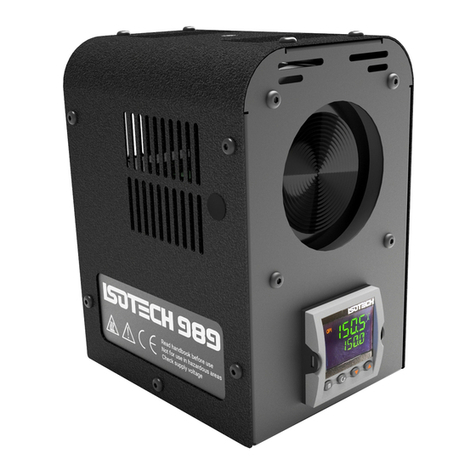
Page 2 of 28
Saturn model 877 Iss.08–08/14
CONTENTS
CONTENTS ....................................................................................................................................................................................... 2
GUARANTEE...................................................................................................................................................................................... 3
CAUTIONARY NOTE........................................................................................................................................................................ 4
EMC INFORMATION................................................................................................................................................................ 5
ELECTRICAL SAFETY ............................................................................................................................................................... 5
Environmental Ratings.................................................................................................................................................................. 5
HEALTH AND SAFETY INSTRUCTIONS ................................................................................................................................ 6
IMPORTANT SATURN `SPIDER' UNPACKING NOTE .......................................................................................................... 7
INTRODUCTION .............................................................................................................................................................................. 8
THEORY OF OPERATION ................................................................................................................................................................ 9
SATURN HIGH TEMPERATURE CALIBRATION FURNACE 100°C TO 1300°C.......................................................................... 10
INTRODUCTION ........................................................................................................................................................................ 10
FEATURES .................................................................................................................................................................................... 10
HORIZONTAL CROSS SECTION THROUGH THE SATURN ...................................................................................................... 11
PRINCIPLE OF OPERATION....................................................................................................................................................... 11
NOMINAL DIMENSIONS................................................................................................................................................................ 12
SPECIAL FEATURES......................................................................................................................................................................... 14
EACH UNIT COMPRISES ................................................................................................................................................................ 15
PRECAUTIONS ................................................................................................................................................................................ 16
CAUTION................................................................................................................................................................................ 17
ON ARRIVAL .................................................................................................................................................................................... 18
COMMISSIONING ........................................................................................................................................................................... 19
SAMPLE RESULTS ........................................................................................................................................................................ 19
USING THE CONTROLLER............................................................................................................................................................ 20
FRONT PANEL LAYOUT ............................................................................................................................................................ 20
The Temperature Controller..................................................................................................................................................... 20
Altering the Setpoint ..................................................................................................................................................................20
ADVANCED CONTROLLER FEATURES.................................................................................................................................... 20
Setpoint Ramp Rate....................................................................................................................................................................20
Instrument Address.................................................................................................................................................................... 21
Monitoring the Controller Status ...............................................................................................................................................21
Units........................................................................................................................................................................................... 21
DIAGNOSTIC ALARMS................................................................................................................................................................ 22
USING THE PC INTERFACE ........................................................................................................................................................... 23
CONNECTIONS.......................................................................................................................................................................... 23
CAL NOTEPAD................................................................................................................................................................................ 24
DEVELOPMENT .......................................................................................................................................................................... 24
HOW TO INSTALL CAL NOTEPAD .......................................................................................................................................... 25
PROTOCOL ................................................................................................................................................................................. 25
GETTING THE BEST FROM YOUR SATURN ................................................................................................................................ 26
INTRODUCTION ........................................................................................................................................................................ 26
SATURN MODEL 877 PERFORMANCE REPORT - APPENDIX I.................................................................................................. 27
